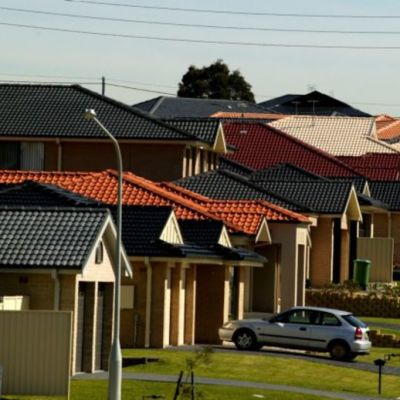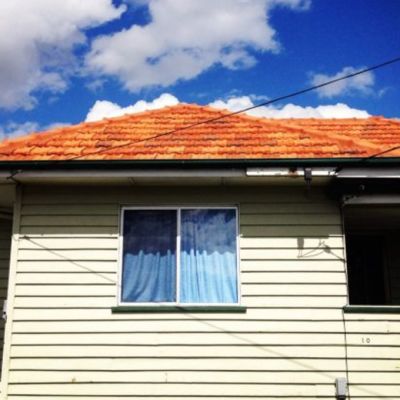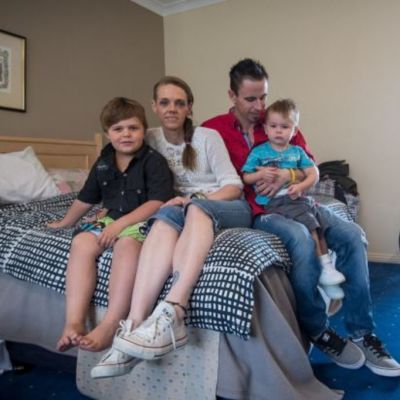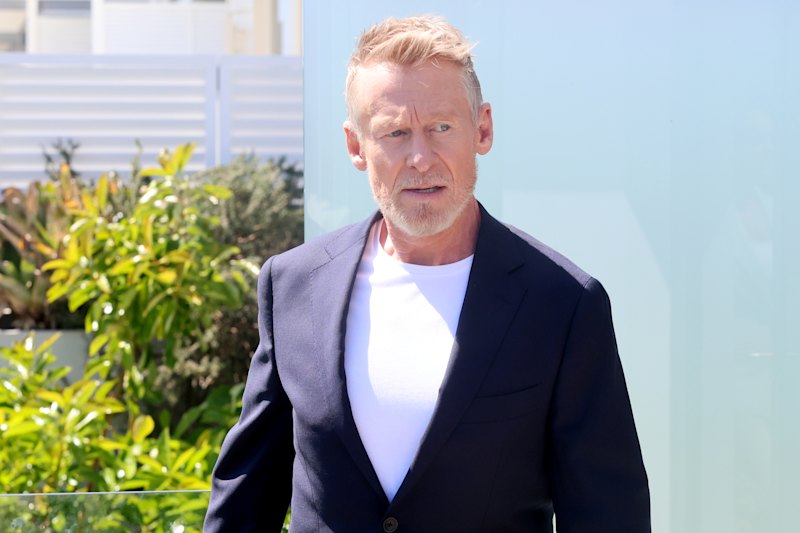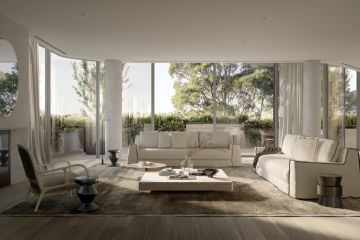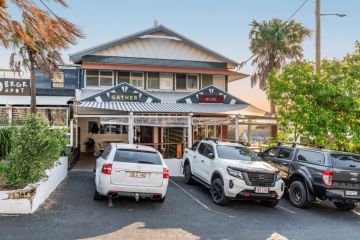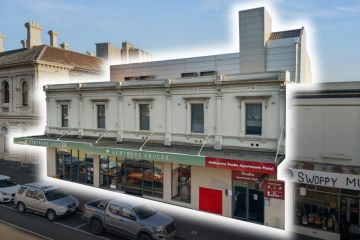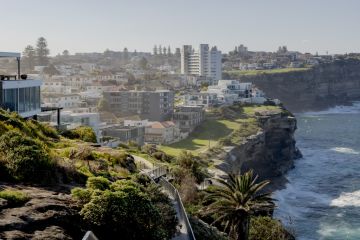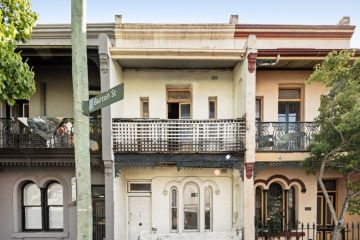The cheapest suburbs to rent a house within 15 kilometres of Melbourne's CBD
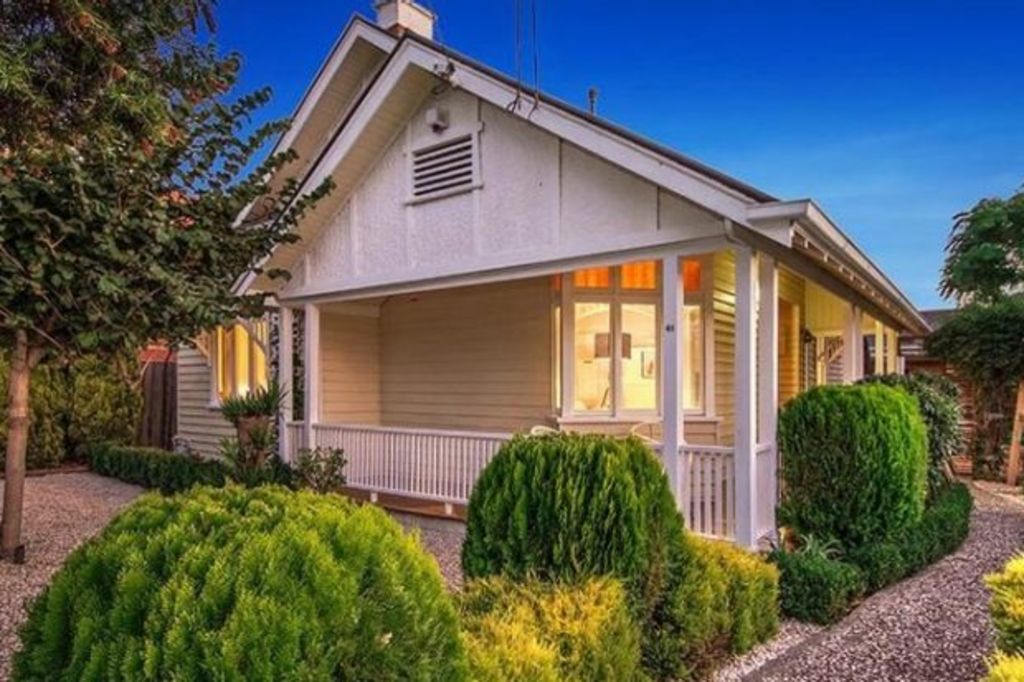
Melbourne’s house rents are rising at their fastest rate in eight years, making it much harder for renters.
In the 12 months to March, Melbourne’s median asking house rent jumped $20 a week to $420 — meaning tenants now need to find hundreds of dollars extra every year, Domain Group data shows.
But within 15 kilometres of the CBD, there are still clusters of suburbs that offer value: where a typical house could be rented for less than $420, perhaps with a couple of lifestyle trade-offs.
St Albans is the cheapest suburb in that radius, with a median weekly asking rent of $340. Nearby Albion and Sunshine share a median of $350.
Barry Plant St Albans rental director Sam La Spina said not only were house rents relatively affordable in the suburb, tenants also had more choice with an influx of new properties.
Older homes in the area have been bulldozed for new townhouses — similar to what is happening in other parts of the city — and many have been bought by investors.
Though St Albans is sometimes associated with its crime rates, Mr La Spina believed the suburb was shedding its stigma and renters moving into the area were not concerned.
“It’s different destination now … you come to St Albans on a Saturday and the shopping strip’s pumping with a lot atmosphere [with] restaurants and markets,” he said.
Mr La Spina said tenants were getting value for money; a new three-bedroom townhouse could be leased for about $330 to $360. Two townhouses at 9 Fox Street recently attracted seven applications each, he said.
But rents had remained fairly stable in St Albans because there was a lot to choose from, and “stock levels are constant, they’re not reducing”, Mr La Spina said.
It is a grimmer picture across Melbourne. The latest house rent increase, at 5 per cent, is the biggest annual hike since December 2008, when rents jumped 9.1 per cent to $360.
The vacancy rate for houses also fell over the past 12 months from 1.6 per cent to 1.4 per cent in April.
Strong migration to Melbourne and lower numbers of first-home buyers were among drivers of rising rents, Domain Group chief economist Andrew Wilson said, and it was a concern that annual rent increases were outpacing income growth.
Tenants hunting for value are also heading to suburbs such as Gladstone Park, Airport West and Avondale Heights in the north-west. With growing demand for house rentals in Gladstone Park, the median asking rent jumped 13.6 per cent over the past year to $398.
YPA Gladstone Park director Luke Albioli said the local primary and secondary schools were drawcards for families, and the suburb offered value compared to many areas within 15 kilometres in other directions of the CBD.
A three-bedroom house at 7 Koonalda Road, walking distance to schools, received seven applications after the first open for inspection and rented for $420 a week, he said.
Though Ivanhoe is just a few kilometres from Heidelberg West — where the median is $353 — the difference in rent is more than $200 a week.
Hocking Stuart Ivanhoe’s Sydney Guerin said many developers who bought former housing commission properties secured tenants for about a year while they tried to get their plans approved for their developments.
Two and three-bedroom townhouses were being built on the blocks, and it was completely changing the area, she said.
All seven groups who recently inspected a two-bedroom house in Setani Crescent took an application and the property rented for $300 a week.
Closer to the city – within 10 kilometres of the CBD – the cheapest place to rent a house is Braybrook, where the median rent is $355.
At the opposite end of the scale, Brighton ($1180), Toorak ($1138) and Canterbury ($900) are the most expensive places to rent a house home within 15 kilometres of the city.
We recommend
We thought you might like
States
Capital Cities
Capital Cities - Rentals
Popular Areas
Allhomes
More
